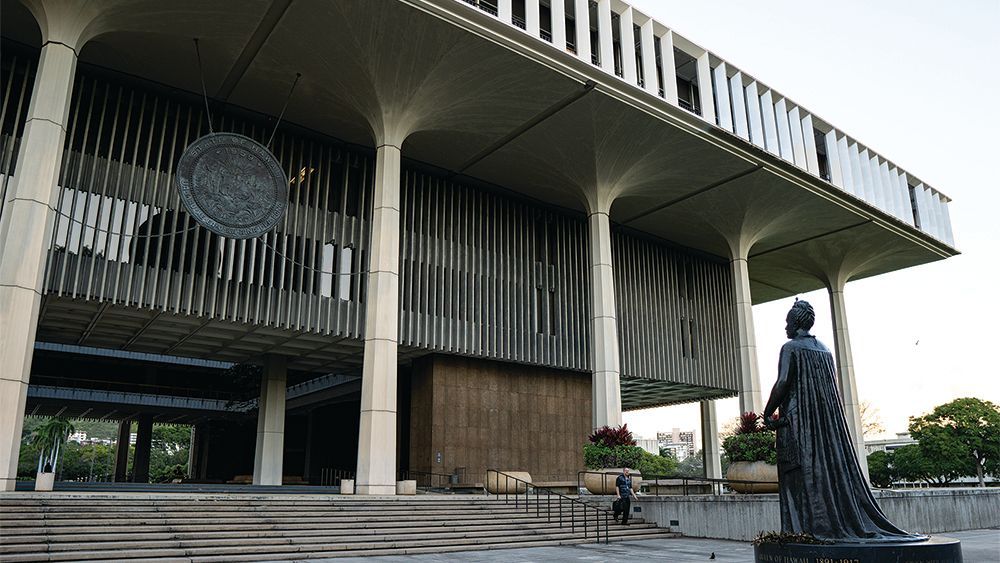Getting Around The Islands
Navigating Transportation in Hawaii: A Comprehensive Guide for Travelers
Aloha, and welcome to your essential guide on transportation across the Hawaiian Islands. Whether you're island-hopping or settling in to explore one island in depth, understanding your transportation options is key to a seamless Hawaiian experience. Given the high demand for rental cars, especially in the wake of recent travel surges, it's crucial to plan ahead. Here's what you need to know about transportation in Hawaii, from car rentals to alternative modes of getting around.
Car Rentals
Booking in Advance: The golden rule for car rentals in Hawaii is to book as early as possible. This not only secures your vehicle but also often ensures a better rate.
Insurance: Check whether your personal car insurance or credit card offers coverage for rental cars. This can save you money and time when picking up your vehicle.
Local Rental Companies: While major rental companies may offer more options, don't overlook local rental agencies which can sometimes provide lower rates or more flexible terms.
Pick-up and Drop-off: Consider where you'll be picking up and dropping off the vehicle. Airports might offer convenience but sometimes at a higher rate. Look into locations within the city for potentially better deals.
Vehicle Type: Choose a vehicle that suits your travel needs. While a convertible may be tempting for the coastal drives, a 4WD might be necessary if you're planning to explore more rugged terrains like the back roads of Maui or the Big Island.
Alternative Transportation
Public Transit: Each major island has its own public transportation system, which can be a cost-effective way to travel. For example, Oahu's TheBus offers extensive routes, making it feasible to explore the island without a car.
Shuttles and Tours: Many attractions offer shuttle services or guided tours, which can eliminate the need for a car. This is especially true for popular destinations like the Hawaii Volcanoes National Park or the road to Hana.
Bicycles and Mopeds: In more compact areas, especially around towns like Kailua-Kona (Big Island), renting a bicycle or moped can be a fun and flexible way to get around.
Ridesharing and Taxis: Uber and Lyft operate on the major islands, providing an alternative to traditional taxis. These services are particularly useful in urban areas or for trips to and from the airport.
Inter-Island Travel: If you're planning to visit multiple islands, consider the local airlines like Hawaiian Airlines, Southwest, and Mokulele Airlines for quick flights. For a more scenic route, ferries operate between Maui and Lanai and Maui and Molokai.
Insider Tips
Early Planning: Especially for car rentals, the early bird truly does get the worm. High demand can lead to shortages, particularly during peak travel seasons.
Understand the Rules: Familiarize yourself with Hawaii's driving laws, including speed limits, which are generally lower than on the mainland, and regulations regarding mobile phone use.
Parking: Be aware of parking rules and costs, particularly in tourist-heavy areas or at hotels, where daily rates can add up.
Respect the Environment: Whatever mode of transportation you choose, be mindful of Hawaii's delicate ecosystem. Stick to marked paths and roads, and never leave trash behind.
By planning ahead and considering all your transportation options, you can ensure a stress-free and enjoyable Hawaiian adventure. Whether you're cruising along a coastal highway or catching a local bus to a hidden gem, how you get there is all part of the experience. Safe travels, and enjoy the journey!
This Week Hawaii
Islands
All Rights Reserved | This Week Hawaii








